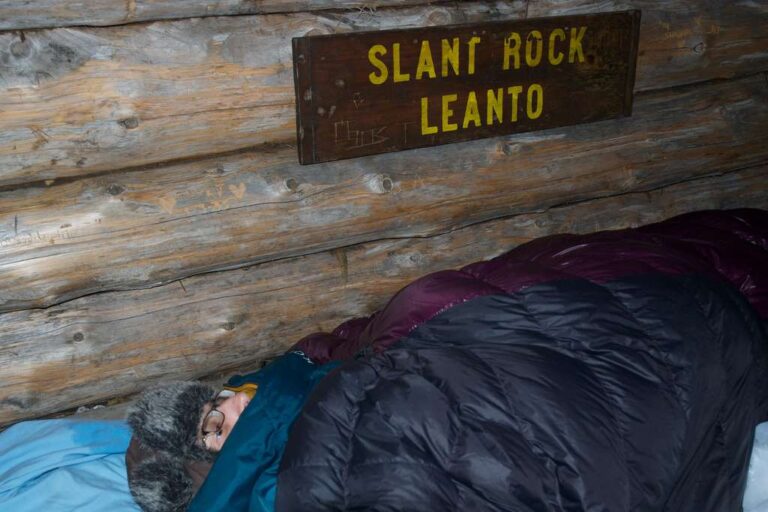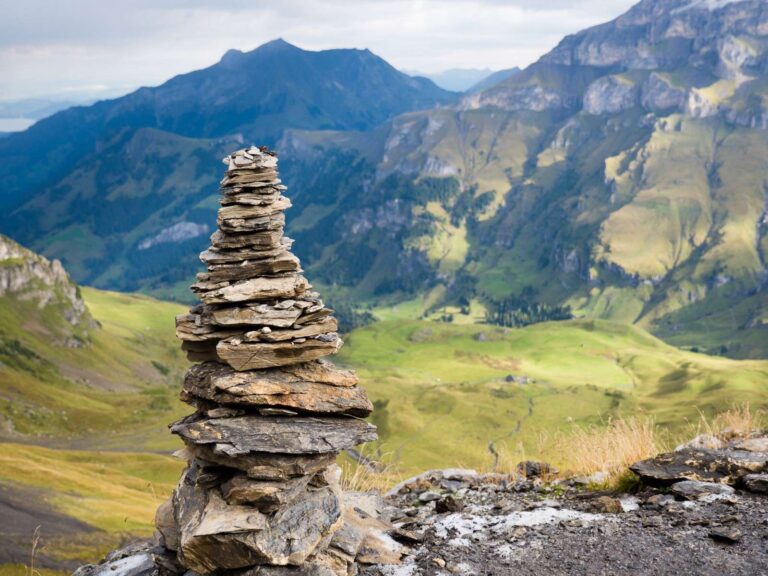If you spend enough time in the mountains, windy conditions are inevitable. The world’s high elevation regions are known for being some of the most stunning landscapes imaginable, but they can also feature some ferocious wind speeds.
Thankfully, windy weather doesn’t have to put a damper on your hiking plans, as long as you come prepared for the conditions. Venturing out on your first hike in windy conditions can seem like a daunting task, though, so we’ve put together this quick guide to get you started.

How to Plan and Prepare for a Hike in High Winds
Up next, we’ll offer five top tips for hiking in windy conditions. From guidance on appropriate windy weather garb to advice on choosing the right route for your adventure, here’s what you need to know before you head out into the mountains when high winds are in the forecast.
1. Check the Weather
If you’re reading this article, you probably already have an inkling that windy weather can be dangerous in the mountains. Sure, a slight breeze or even a strong gust here and there usually isn’t enough to derail your adventures. But strong, sustained winds can be dangerous.
That’s because strong winds can affect your balance and increase your risk for hypothermia. Plus, if snow is on the ground, high winds can also cause decreased visibility on the trail, as well as an increased risk for avalanches.
Clearly, there’s a big difference between trail conditions during a fresh breeze and a howling gale. That’s why you must determine precisely how windy it really is before you go outside. Checking the weather is essential before any trip to the mountains, especially if high winds are in the forecast.
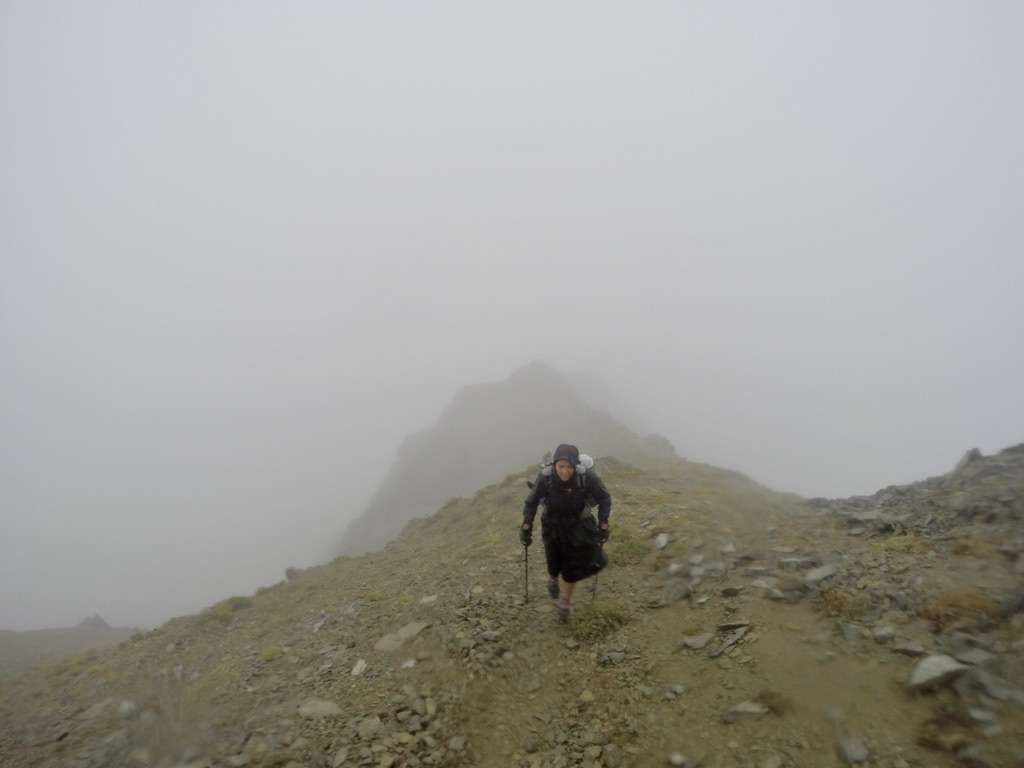
But just how windy is too windy for hiking, you might ask?
In exposed terrain with limited tree cover, winds above 40 mph (17.9 m/s) can be very difficult to walk in. Anything over 50 mph (22.4 m/s) is risky for all but the most experienced hikers, and winds over 60 mph (26.8 m/s) are downright dangerous. So if you see these sorts of sustained wind speeds in the forecast, perhaps reconsider your hiking plans. You’ll thank yourself later.
2. Choose an Appropriate Route
Although hiking in extremely high winds is generally regarded as dangerous regardless of where you go, you often have other options for adventure in slightly less windy conditions. The key is knowing how to choose an appropriate route for the weather you’ll face during your travels.
For example, when winds over about 40 mph (17.9 m/s) are in the forecast, it’s generally best to stick below the treeline. High elevation locales are more exposed to windy weather, so staying in the trees usually provides you with some shelter from the conditions.
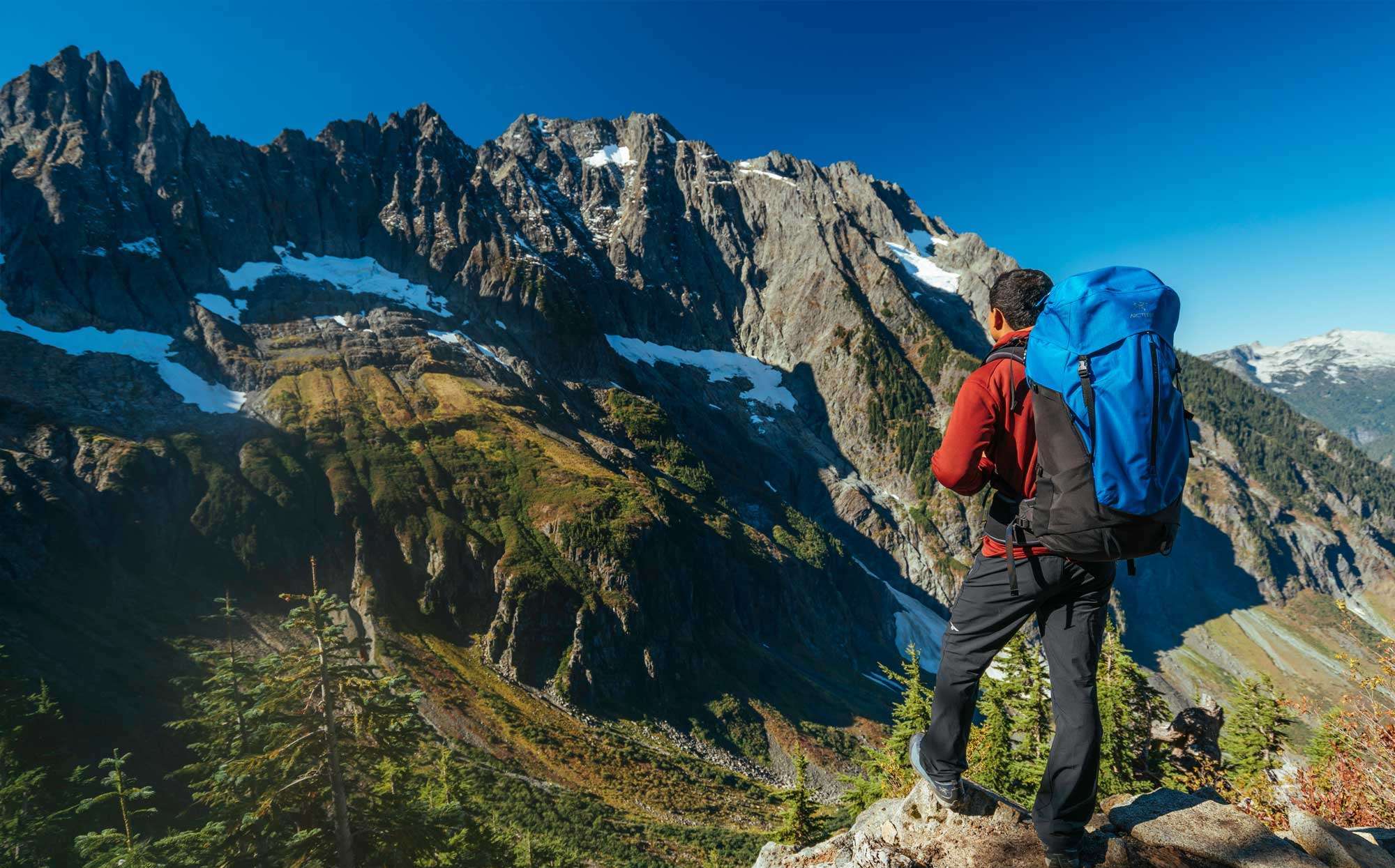
Moral of the story? If nice weather is in the cards for the day, peak bagging and other alpine pursuits are fair game. However, when blustery weather is forecasted, stay off the mountains and in sheltered terrain where adventuring is less likely to lead you into the full brunt of the wind.
3. Wear Wind-Resistant Clothing
Once you’ve checked the weather and selected your route, it’s time to prepare yourself for your windy weather trek.
Even though you might not change your hiking outfit too much for a walk in slightly breezy conditions, when the wind starts to blow, you’ll need to dress accordingly. That’s because high winds combined with even modestly cold temperatures can increase your risk of hypothermia—not good.
To combat this threat, you’ll need to dress in wind-resistant clothing. Thankfully, rain jackets, rain ponchos, rain pants, and other waterproof layers are usually also classified as windproof or wind-resistant garments.
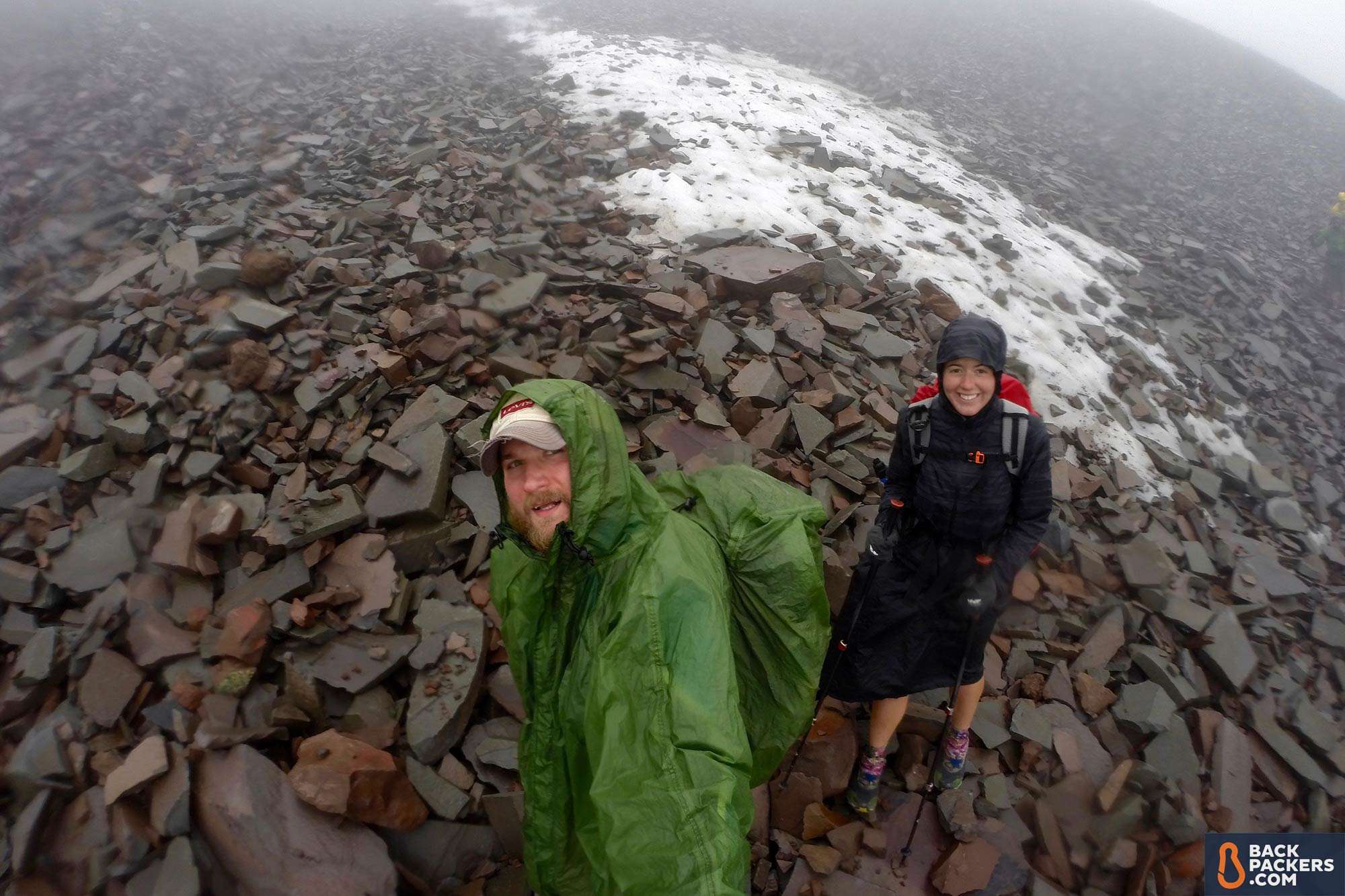
If you’re not quite jazzed on the idea of wearing your rain gear at all times, you could invest in a wind jacket or wind shirt instead. These lightweight jackets provide a decent amount of wind protection, even though they won’t shield you from the rain. In very windy conditions, however, you’ll still want to have your trusty windproof rain jacket on hand to keep you warm.
4. Pack Your Pack Wisely
Besides a windproof jacket and some extra warm clothing, there really isn’t anything special that you ought to bring while hiking in windy conditions. In reality, if you always carry your hiking essentials in your pack every time you hit the trail, you should have all the gear you need every time you’re in the mountains.
The biggest concern with windy weather hiking actually isn’t what you bring, but rather how you bring it. In other words, you must pack your backpack wisely for use in windy conditions.

Packing a backpack well is a skill that takes a long time to develop. However, for windy weather, there are a few key pack packing techniques that stand out above the rest.
First and foremost, ensure that your pack is well balanced when hiking in the wind. A lopsided pack will negatively affect your ability to stay balanced when a gust rips its way down the trail.
Additionally, remember to keep all your gear on the inside of your pack. This means nothing should be clipped to the outside of your pack except for very large or bulky items, such as mountaineering axes. Trust us when we say that we’ve seen our fair share of gear fly off of people’s packs in the wind, never to be seen again. Don’t let that be you.
5. Know When to Turn Around
Above all, hiking in windy weather is all about knowing when to turn around. If you want to trek in the wind, you need to be ready to call it quits when the conditions become too much to handle. If the conditions worsen drastically or if they show no sign of letting up, it might be time to head back to the parking lot. The mountains will be there another day.

